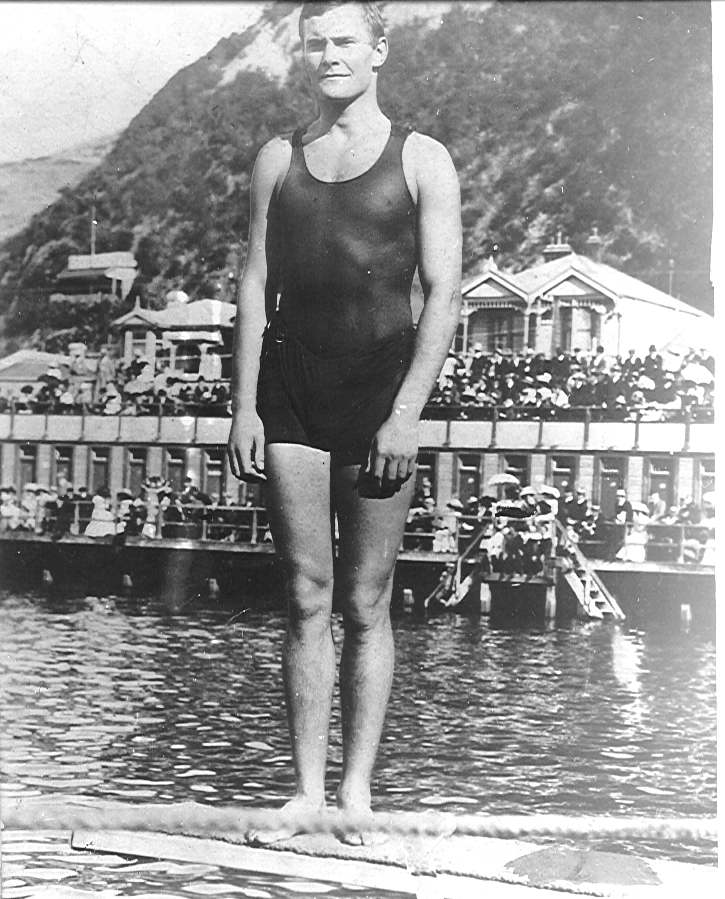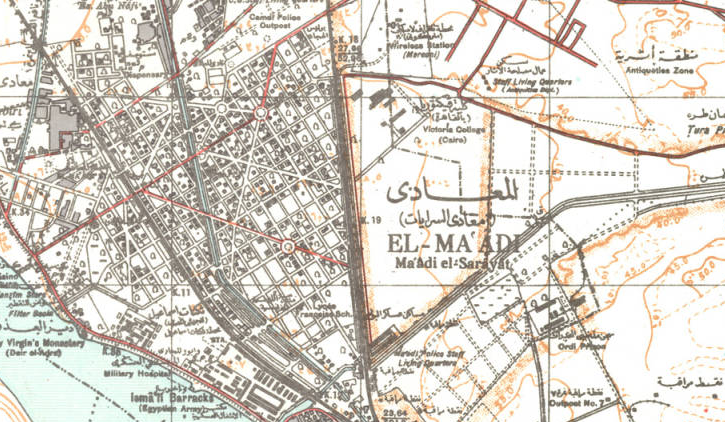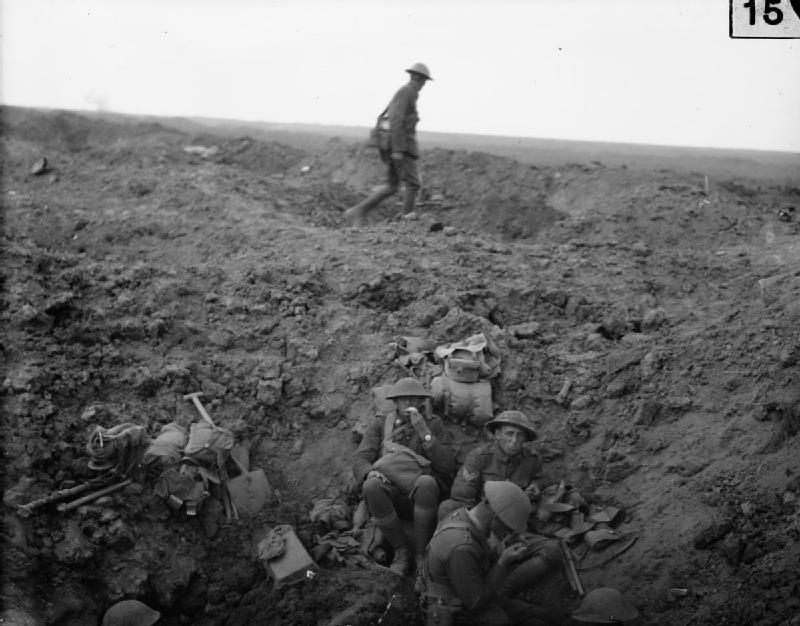|
Russell Young (New Zealander)
Colonel Russell Richard Thomas Young, (25 June 1902 – 1990) was a New Zealand Davis Cup player, army officer, and corporate executive. Early life Young was born in Wellington on 25 June 1902. His parents were Theodosia Evelyn Young and Arthur Young. Tennis career Young went up to Jesus College, Cambridge where he read Chemistry and took a tennis Blue, before pursuing an advanced degree. In 1927, as a member (and later captain) of the Cambridge University Lawn Tennis Club, Young undertook a sporting tour of Germany, with teammates including future Wimbledon finalist Bunny Austin, and the comedian Kenneth Horne. In the same year, Young competed at the Wimbledon Championships in the Men's Doubles. Young represented New Zealand in the 1928 Davis Cup, reaching the quarter-finals. At the outbreak of the Second World War, he was living in London and working as an executive for Shell. Second World War Young was commissioned in the New Zealand Military Forces, and fought in North Af ... [...More Info...] [...Related Items...] OR: [Wikipedia] [Google] [Baidu] |
Wellington
Wellington ( mi, Te Whanganui-a-Tara or ) is the capital city of New Zealand. It is located at the south-western tip of the North Island, between Cook Strait and the Remutaka Range. Wellington is the second-largest city in New Zealand by metro area, and is the administrative centre of the Wellington Region. It is the world's southernmost capital of a sovereign state. Wellington features a temperate maritime climate, and is the world's windiest city by average wind speed. Legends recount that Kupe discovered and explored the region in about the 10th century, with initial settlement by Māori iwi such as Rangitāne and Muaūpoko. The disruptions of the Musket Wars led to them being overwhelmed by northern iwi such as Te Āti Awa by the early 19th century. Wellington's current form was originally designed by Captain William Mein Smith, the first Surveyor General for Edward Wakefield's New Zealand Company, in 1840. The Wellington urban area, which only includes urbanised ar ... [...More Info...] [...Related Items...] OR: [Wikipedia] [Google] [Baidu] |
Kenneth Horne
Charles Kenneth Horne, generally known as Kenneth Horne, (27 February 1907 – 14 February 1969) was an English comedian and businessman. He is perhaps best remembered for his work on three BBC Radio series: ''Much-Binding-in-the-Marsh'' (1944–54), ''Beyond Our Ken'' (1958–64) and ''Round the Horne'' (1965–68). The son of a clergyman who was also a politician, Horne had a burgeoning business career with Triplex Safety Glass, which was interrupted by service with the Royal Air Force during the Second World War. While serving in a barrage balloon unit, he was asked to broadcast as a quizmaster on the BBC radio show '' Ack-Ack, Beer-Beer''. The experience brought him into contact with the more established entertainer Richard Murdoch, and the two wrote and starred in the comedy series ''Much-Binding-in-the-Marsh''. After demobilisation Horne returned to his business career, and kept his broadcasting as a sideline. His career in industry flourished, and he later becam ... [...More Info...] [...Related Items...] OR: [Wikipedia] [Google] [Baidu] |
Bernard Freyberg, 1st Baron Freyberg
Lieutenant-General Bernard Cyril Freyberg, 1st Baron Freyberg, (21 March 1889 – 4 July 1963) was a British-born New Zealand soldier and Victoria Cross recipient, who served as the 7th Governor-General of New Zealand from 1946 to 1952. Freyberg served as an officer in the British Army during the First World War. He took part in the beach landings during the Gallipoli Campaign and was the youngest general in the British Army during the First World War, later serving on the Western Front, where he was decorated with the Victoria Cross and three Distinguished Service Orders, making him one of the most highly decorated British Empire soldiers of the First World War. He liked to be in the thick of the action: Winston Churchill called him "the Salamander" due to his ability to pass through fire unharmed. During the Second World War, he commanded the New Zealand Expeditionary Force in the Battle of Crete, the North African Campaign and the Italian Campaign. Freyberg was involved ... [...More Info...] [...Related Items...] OR: [Wikipedia] [Google] [Baidu] |
Commanding Officer
The commanding officer (CO) or sometimes, if the incumbent is a general officer, commanding general (CG), is the officer in command of a military unit. The commanding officer has ultimate authority over the unit, and is usually given wide latitude to run the unit as they see fit, within the bounds of military law. In this respect, commanding officers have significant responsibilities (for example, the use of force, finances, equipment, the Geneva Conventions), duties (to higher authority, mission effectiveness, duty of care to personnel), and powers (for example, discipline and punishment of personnel within certain limits of military law). In some countries, commanding officers may be of any commissioned rank. Usually, there are more officers than command positions available, and time spent in command is generally a key aspect of promotion, so the role of commanding officer is highly valued. The commanding officer is often assisted by an executive officer (XO) or second-in-com ... [...More Info...] [...Related Items...] OR: [Wikipedia] [Google] [Baidu] |
Maadi
Maadi ( ar, المعادي / transliterated: ) is a leafy suburban district south of Cairo, Egypt, on the east bank of the Nile about upriver from downtown Cairo. The Nile at Maadi is parallelled by the Corniche, a waterfront promenade and the main road north into Cairo. There is no bridge across the Nile at Maadi; the nearest one is located at El Mounib along the Ring Road (Tarik El-Da'eri, en, The Round Road) on the way north to the downtown. Maadi's population was estimated to be 97,000 in 2016. The district is popular with international expatriates as well as Egyptians and is home to many embassies, as well as major international schools, sporting clubs, and cultural institutions such as the Supreme Constitutional Court of Egypt and the national Egyptian Geological Museum. Name Ma'ǎdi معادي is the plural form of the word ma'diyya, arz, معدية, which means "ferry"; hence, El-Ma'adi literally means "The ferries". There was a story that the name comes from a ... [...More Info...] [...Related Items...] OR: [Wikipedia] [Google] [Baidu] |
23rd Battalion (New Zealand)
The 23rd Battalion, also known as the ''Canterbury-Otago Battalion'', was an infantry battalion of the New Zealand Military Forces during the Second World War. Formed in November 1939 as part of the 5th Brigade, 2nd Division of the 2nd New Zealand Expeditionary Force. After undertaking training at Burnham Camp the battalion sailed from New Zealand on 1 May 1940. The battalion saw action in Greece, Crete, North Africa, and Italy. History Formation and training Following the outbreak of the Second World War, the New Zealand government authorised the formation of the 2nd New Zealand Expeditionary Force (2NZEF), for service at home and abroad. Following consultation with the British government, it was decided that the main New Zealand contribution to the war effort would be in the form of an infantry division, the 2nd New Zealand Division, under the command of Major General Bernard Freyberg. The new division would require nine battalions of infantry and consequently, several infan ... [...More Info...] [...Related Items...] OR: [Wikipedia] [Google] [Baidu] |
El Dabaa
El Dabaa ( ar, الضبعة ) is a town in the Matrouh Governorate, Egypt. It lies from Cairo on the north coast and is served by the El Alamain International Airport. It is famous for the Russian technology nuclear power plant being constructed to the north east of the city boundaries. As of 2017, El Dabaa had an estimated population of 49,805. In 2012, a story published in the news section of Nature Journal website, stated that:"''... adioactive/nowiki> material was taken from a laboratory at the El Dabaa nuclear power plant on the country’s Mediterranean coast.''" But as of 2020, the El Dabaa nuclear power plant was only bare land. As of 2017, only the first stage of preliminary engineering survey was conducted and the hydrographic and hydrological survey work was carried on. The construction on the plant was expected to start in 2020, but at the beginning of 2021 it was still in the waiting. El Dabaa has been targeted by protesters who are claiming that their land ... [...More Info...] [...Related Items...] OR: [Wikipedia] [Google] [Baidu] |
Howard Kippenberger
Major General Sir Howard Karl Kippenberger, (28 January 1897 – 5 May 1957), known as "Kip", was an officer of the New Zealand Military Forces who served in the First and Second World Wars. Born in the Canterbury region of New Zealand, Kippenberger joined the New Zealand Expeditionary Force (NZEF) in late 1915. He saw action in France on the Western Front, participating in the Battle of Flers-Courcelette. A serious wound in November 1916 saw him repatriated to New Zealand and discharged from the NZEF. He qualified as a solicitor in 1920 and worked in a legal practice in Rangiora. In 1924, he joined the Territorial Force and by 1936 had advanced in rank to lieutenant colonel. Following the outbreak of the Second World War, Kippenberger was appointed to command the 20th Battalion. He led the battalion for two years, through the Battles of Greece and Crete as well as part of the North African Campaign before being promoted to brigadier and taking command of the 5th Infantry ... [...More Info...] [...Related Items...] OR: [Wikipedia] [Google] [Baidu] |
New Zealand Division
The New Zealand Division was an infantry division of the New Zealand Expeditionary Force raised for service in the First World War. It was formed in Egypt in early 1916 when the New Zealand and Australian Division was renamed after the detachment of its Australian personnel left the New Zealand Infantry Brigade, together with reinforcements from New Zealand, as the basis of the division. It was commanded by Major General Andrew Hamilton Russell for the duration of the war. The division saw service on the Western Front in France and Belgium, fighting in major battles at the Somme, Messines and Broodseinde Ridge throughout 1916 and 1917. All were notable successes for the New Zealanders but the division suffered a serious defeat at Passchendaele on 12 October 1917, its most costly day of the war. In early 1918, the division helped blunt the German spring offensive at the Somme, before the Allies went on the offensive in August. During the Hundred Days' Offensive that followed ... [...More Info...] [...Related Items...] OR: [Wikipedia] [Google] [Baidu] |
Celestial Navigation
Celestial navigation, also known as astronavigation, is the practice of position fixing using stars and other celestial bodies that enables a navigator to accurately determine their actual current physical position in space (or on the surface of the Earth) without having to rely solely on estimated positional calculations, commonly known as "dead reckoning", made in the absence of satellite navigation or other similar modern electronic or digital positioning means. Celestial navigation uses "sights", or timed angular measurements, taken typically between a celestial body (e.g. the Sun, the Moon, a planet, or a star) and the visible horizon. Celestial navigation can also take advantage of measurements between celestial bodies without reference to the Earth horizon, such as when the Moon and other selected bodies are used in the practice called "lunars" or lunar distance method, used for determining precise time when time is unknown. Celestial navigation by taking sights of the ... [...More Info...] [...Related Items...] OR: [Wikipedia] [Google] [Baidu] |
Ruweisat Ridge
Ruweisat Ridge is a geographical feature in the Western Egyptian desert, midway between the Mediterranean Sea and the Qattara Depression. During World War II was a prominent part of the defence line in the First and Second Battle of El Alamein The Second Battle of El Alamein (23 October – 11 November 1942) was a battle of the Second World War that took place near the Egyptian Railway station, railway halt of El Alamein. The First Battle of El Alamein and the Battle of Alam el Halfa .... During the Second Battle of El Alamein, the 4th Indian Infantry Division was given the task of defending the feature. References {{Reflist Geography of Egypt ... [...More Info...] [...Related Items...] OR: [Wikipedia] [Google] [Baidu] |
22nd Battalion (New Zealand)
The 22nd Battalion, also known as the "Wellington Battalion", was an infantry battalion of the New Zealand Military Forces, which served during the Second World War. After undertaking defensive duties in the United Kingdom from mid-1940 until early 1941, the battalion then fought in the Battles of Greece and Crete where it suffered heavy casualties and lost a large number of men who were taken as prisoners of war. After being rebuilt, the battalion fought in North Africa, fighting in Operation Crusader, before undertaking garrison duties in Syria. It later fought in the First Battle of El Alamein during which they suffered heavy casualties at Ruweisat Ridge. Re-formed, the battalion later fought in the Second Battle of El Alamein. In late 1943, the battalion was transferred to Italy where it fought for the remainder of the war, fighting battles around Cassino and along the Adriatic coast, before entering Trieste in the final days of the war. After the war, it performed occupation ... [...More Info...] [...Related Items...] OR: [Wikipedia] [Google] [Baidu] |







